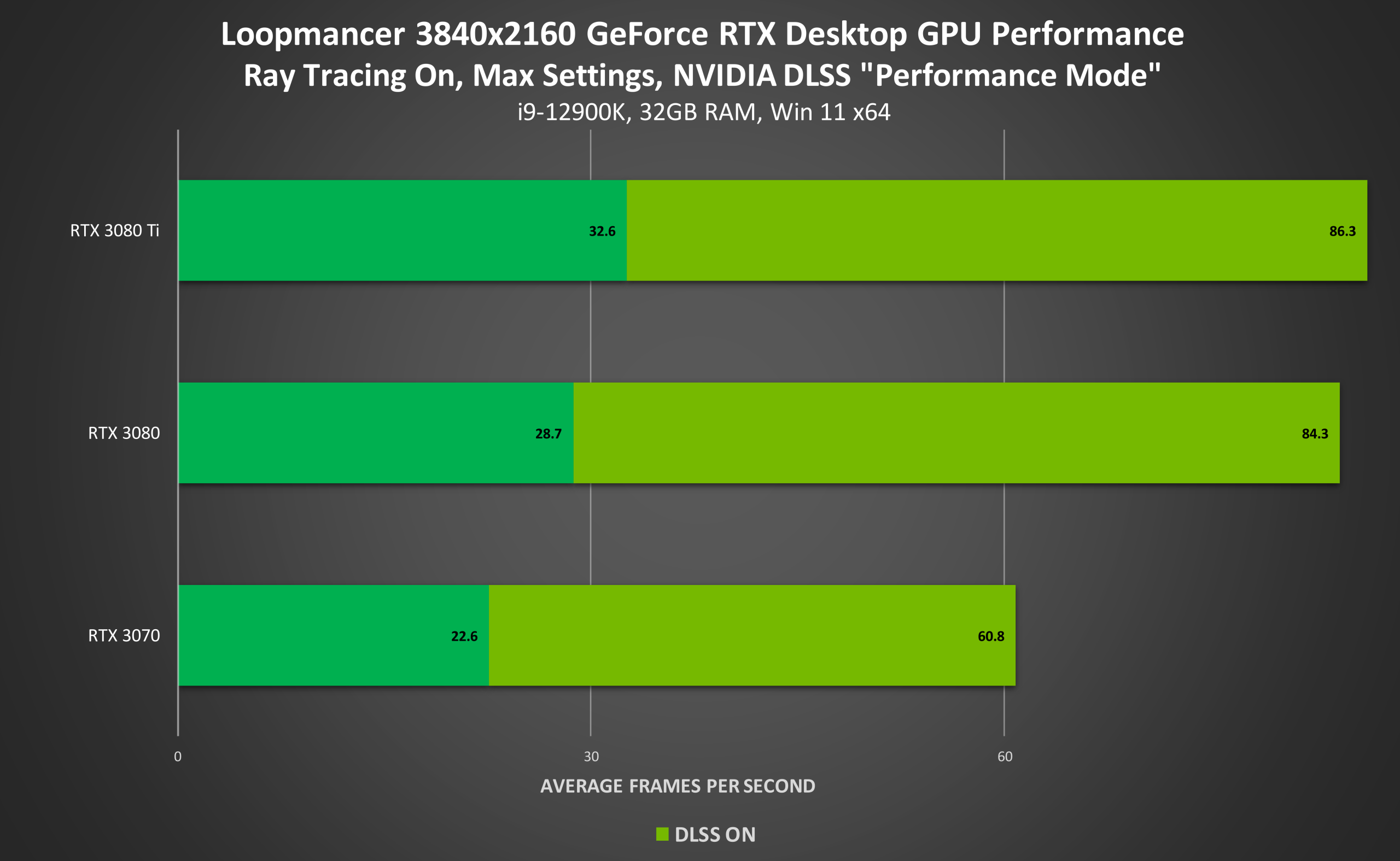In brief: Just as AMD is celebrating a year of availability for its FSR upscaling tech, Nvidia's DLSS is close to turning four. Developers haven't been too quick to adopt either technology, but Team Green claims bragging rights for being the first to reach the 200 game milestone.
Last year, AMD introduced its FidelityFX Super Resolution (FSR) technology — the much-awaited answer to Nvidia's Deep Learning Super Sampling (DLSS). Since then, several developers have implemented FSR into their titles, and Team Red claims over 110 existing and upcoming games support its upscaling tech -- that's between FSR and FSR 2.0 though, the former of which is generally inferior.
The company achieved this level of support relatively quickly. However, DLSS is still superior when considering the number of released games and applications that can leverage it. As of writing, Nvidia claims there are no less than 200 titles that can leverage DLSS for a healthy performance boost.
Nvidia's DLSS will also be available in upcoming titles like Warhammer 40,000: Darktide, Steelrising, and A Plague Tale: Requiem. This month, Loopmancer, Hell Pie, and others will also come with support for DLSS, allowing cards like the RTX 3060 and RTX 3070 to achieve high frame rates even at 4K with ray-traced reflections and ray-traced ambient occlusion enabled.

PCGamingWiki has a neat list of all the games that support FSR, DLSS, or both. It's worth noting there are still over 40 games that were announced to support DLSS but have yet to receive it, including the following:
- A Plague Tale: Requiem
- ARK: Survival Evolved
- Atomic Heart
- Black Myth: Wukong
- Boundary
- Darksiders 3
- Dauntless
- Dying: 1983
- F1 22
- Fear the Wolves
- The Forge Arena
- Fractured Lands
- GRIT
- Hell Pie
- Islands of Nyne: Battle Royale
- Justice Online
- JX3 Online
- Kinetik
- LEAP (available now in early access)
- Loopmancer
- Microsoft Flight Simulator 2020
- Midnight Ghost Hunt (available now in early access)
- Playerunknown's Battlegrounds
- Ratten Reich
- Remnant: From the Ashes
- Ratten Reich
- SCP: Pandemic (available now in early access)
- Serious Sam 4
- Stellrising (September)
- Stormdivers
- Super People
- Synced: Off-Planet
- System Shock (available now in the demo)
- The Anacrusis (available now in early access)
- The Day Before
- The Division 2
- The Lord of the Rings: Gollum (September)
- Turbo Sloths
- Vampire: The Masquerade – Bloodlines 2
- Voidtrain
- Warhammer 40,000: Darktide
- We Happy Few
One could argue that AMD has achieved a relatively faster adoption rate for FSR than Nvidia has managed with DLSS, while also being able to run on a wide range of hardware from both companies. Meanwhile, support for Intel's XeSS is expected to land in titles like Death Stranding Director's Cut, Ghostwire: Tokyo, Enlisted, and Dolmen sometime in the coming months.
https://www.techspot.com/news/95244-nvidia-dlss-upscaling-tech-now-available-over-200.html